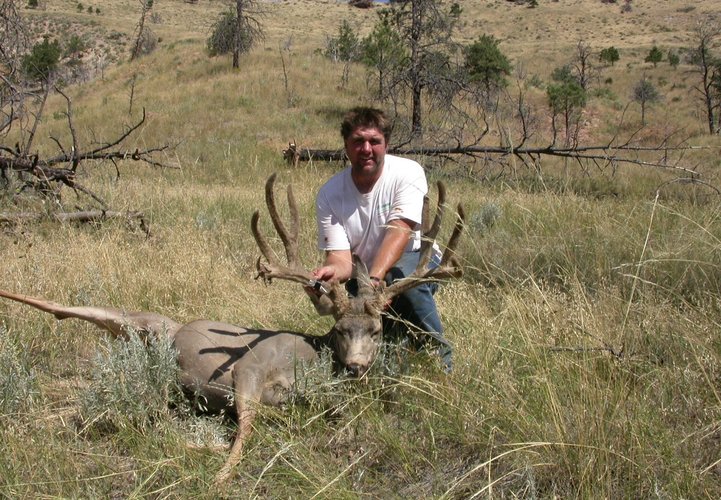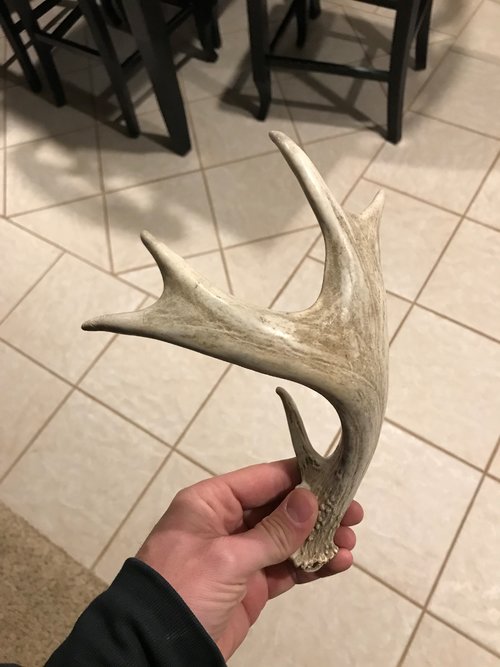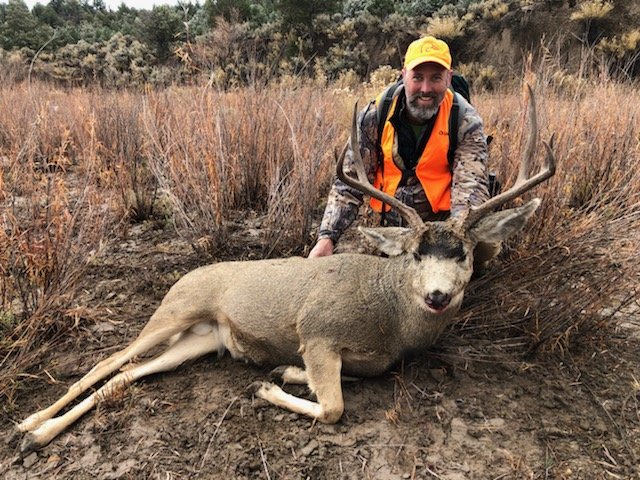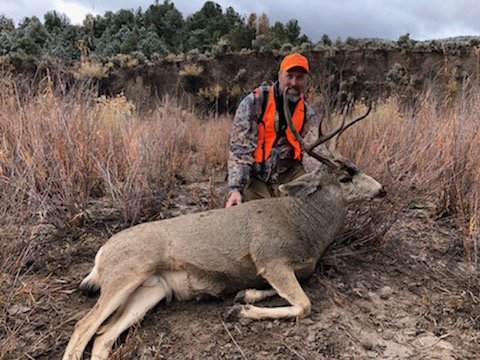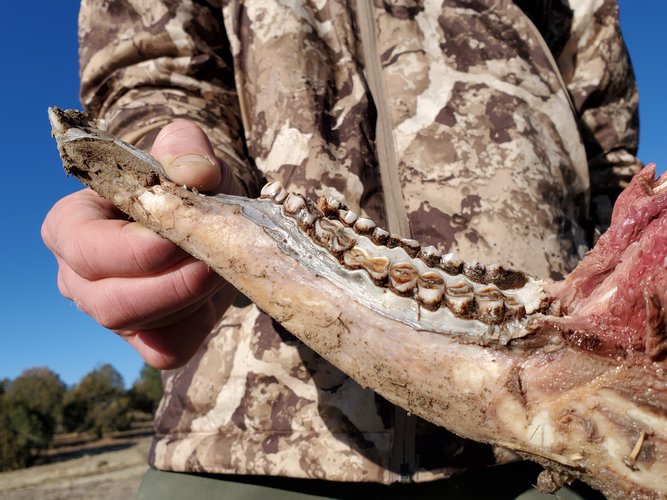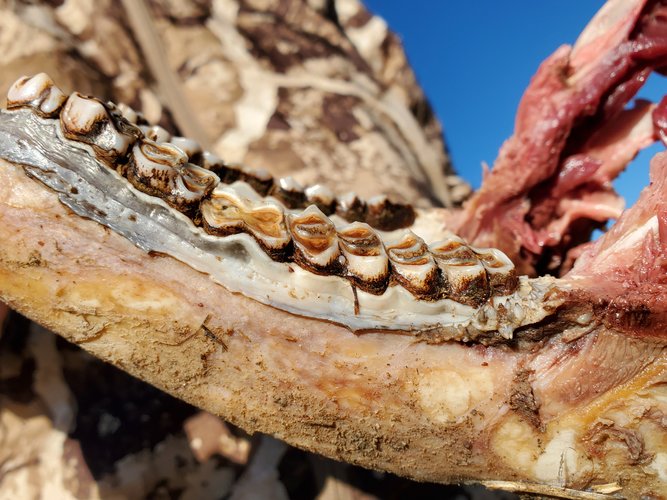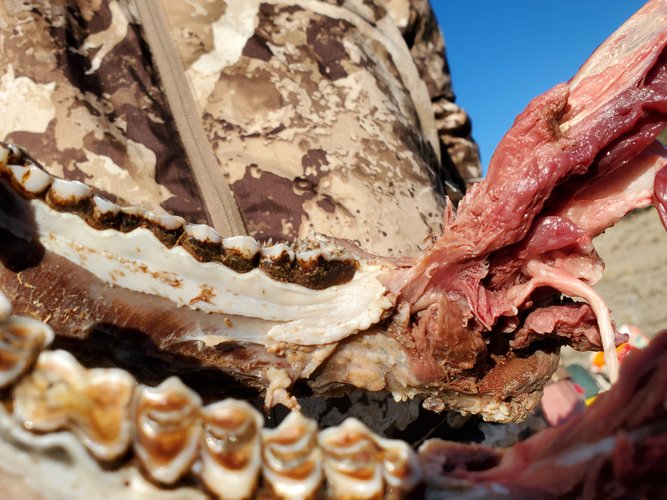antlerradar
Well-known member
There is a lot of truth in this post. I believe that once a buck has lived though his first winter his antler potential is for the most part set. Good years my bump potential up a bit and bad years down but from what I have seen based on the antlers I have found it takes something extraordinary to get more than a 5% difference. Something like the drought this year.I truly believe that the vast majority of the "big" deer getting killed in Montana are 3.5 or sometimes 4.5 year old bucks with great genetics. The majority of hunters just can't pass up anything with extra points or a decent frame. I see a lot of pictures of baby faced bucks with extras that people refer to as "giants". The bucks that get to 5 years or older are usually bucks that don't have the genetics to ever get big. Bucks that have both age and good genetics are unicorns in this state.
I want to get better at judging age so I have started to keep the teeth off everything I kill to get lab aged. In the past I have had a couple disagreements with people about the age of a buck that they killed and when that happens in the future I am going to ask them if I can have the teeth to send in.
If your were to graph the antler potential of 10,0000 bucks at age 6 you would form a nice bell curve. Some bucks would score less than 125 and a few would be better than 200. Most would fall somewhere in the middle. In SE Montana the middle is going to be some were around 160 to 165. This would mean that there is just as may bucks that will never make 150 as bucks that have a chance to be better than 180. The key point is that the bucks with high end potential are growing antlers that are better at age three than most buck will ever grow.
The more selective we are the more we will shoot bucks on the big side of the bell curve and the fewer big deer we will have. Long seasons during the rut, better technology, readily available options to fill the freezer and plenty of other reasons allow us to be more selective. This is why four point or better APR fail and isolated limited entry units often struggle to produce dramatic results. APR's require us shoot more deer from the big side of the bell curve. In limited units you gain little if you cut tag numbers by 75% and then concentrate the harvest in the top quarter of the bell curve. If you want to grow more big deer you need to shift the harvest more towards the smaller side of the bell curve. None of the options to do that would be very popular.
Last edited:




